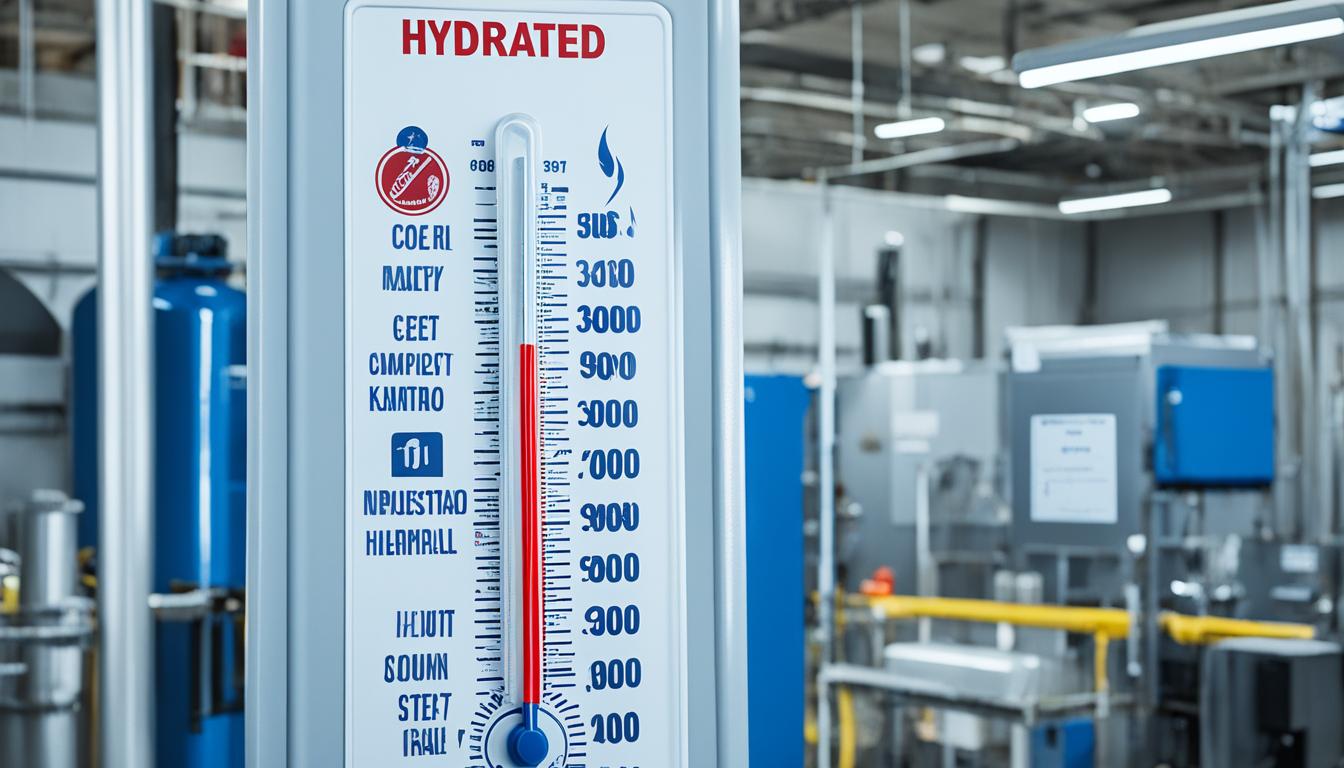California’s Occupational Health and Safety Standards Board made a big decision. They voted to safeguard 1.4 million indoor workers from extreme heat risks. This new rule responds to the rising danger of heat-related illnesses and deaths, which are made worse by climate change. It will take effect in August.
The new rule says employers must offer cool areas at 82 degrees Fahrenheit indoors. When it’s 87 degrees or hotter, employers must make changes to keep workers cooler. This might mean working during cooler parts of the day or using tools like fans. California now stands with Oregon and Minnesota in specially protecting indoor workers from the heat.
This new rule is all about keeping indoor workers safe from the heat. California is tackling more frequent and more intense heat waves. The state worked hard to finally get these regulations in place, facing many obstacles over several months.
Finally, with everyone on the board agreeing, the rule will start in October. This is a big win for workers who often face extreme heat while on the job.
Understanding California’s Long-Delayed Indoor Heat Rule Approved
California passed a new indoor heat rule after many years of waiting. It was first suggested in 2016. Until now, debates about its details and how to put it in place stopped its progress. Only a few states, like Oregon and Minnesota, have similar protections for indoor workers against heat.
Not every state or the national government has rules to protect workers from heat. While OSHA, a federal agency, says workplaces must be safe, it’s hard for them to enforce heat guidelines. A few places in the USA have made rules to keep outdoor workers safe from heat. But some have even said no to these local laws. Now, California’s step forward might lead other states to do the same for their indoor workers.
Also Read Motion to Expunge Lis Pendens in California: Key Points
This new rule could lower injuries from heat at work by 40% in California by 2030. A study by the Rand Corp. says it will cost employers $215 million in the first year to meet the rule. From then on, they may need to spend $88 million each year. They’ll spend this money on things like air conditioning, fans, or cool spots for breaks. When looking back from 2010 to 2017, seven workers in California lost their lives because of the heat indoors.
California is now the third state to make a rule specifically to protect indoor workers from heat problems. Nearly twenty years ago, it was the first to do something similar for those working outdoors. The Biden administration is thinking about a nationwide rule that would protect all workers from heat.
Some employer groups worry about how to make this new rule work, especially for small businesses. They might not own the buildings where they work. On the other hand, advocates, like the Warehouse Worker Resource Center, want quick action to let everyone know about the new rule. This would help workers and bosses follow the rules before summer ends.
The Urgency of Protecting Indoor Workers from Heat Exposure
The need to shield indoor workers from heat is more urgent, thanks to climate change. This change brings more and harsher heat waves. Places like California are seeing record highs, especially in areas with many warehouses. Unfortunately, these sites often offer little to no cooling. This leads to workers facing symptoms like sickness and even fainting. In the worst cases, some might suffer from life-threatening heat stroke.
Also Read Illinois Marriage Name Change: Quick & Easy Guide (You Won’t Believe)
The 2021 SRIA report highlighted a sobering fact: 7 indoor heat-related deaths occurred in California between 2010 and 2017. Sadly, the real number might be much higher. This is because some workers, who are often the most vulnerable, don’t report these incidents. The heat can be a big problem in various settings, from restaurants to factories. It affects workers in places like hospitals and warehouses more than we might think.
Thankfully, California has put a new rule in place to deal with these issues. They believe this move will cut down on heat-related workplace injuries by 40% by 2030. Real change was needed, labor advocates argue, especially since reports of heat stress have been increasing in recent times.
Now that the rule is passed, the next step is to start implementing it fast. The goal is to have everything in place before the next hot season. Employers will need to make sure their workers have access to cooling, as well as enough water and rest when it’s hot. There are big fines for those who don’t follow the new rule, highlighting how urgent worker safety is in these environments.

As the climate changes, we must up our game in keeping indoor workers safe from heat stress. Strong temperature rules are crucial now. The recent California rule is a key move in protecting our workers against climate-related challenges.
Overcoming Challenges and Concerns in Implementation
The cal/osha regulations on indoor heat safety are mostly seen as a step in the right direction by labor groups. Yet, some employer organizations worry about the rules’ practicality and costs. For instance, small businesses that rent their workspaces might find it hard to meet the rule’s requirement for cool-down areas. This is because they lack control over the spaces they use.
The California Farm Bureau is also concerned about the high costs of making indoor spaces cooler. It suggests that air conditioning and other cooling methods might be too expensive for some. These issues highlight the financial challenges small businesses face with the new regulations.
Moreover, the original rules didn’t cover people working in state correctional facilities, which also drew criticism. This meant that inmates working indoors would not benefit from the new safety measures. In response, the standards board has promised to find a way to protect these workers from heat stress. They’re committed to a special approach for those in correctional facilities.
As California moves forward with these labor laws, it’s important to address these real-world challenges. Finding practical solutions to the cost and facility control issues is a top priority. The success of these regulations will rely on how well these issues are tackled.
The worries of employer compliance and small business groups emphasize a need for teamwork. Policymakers and regulators must work closely with all involved parties. This includes both big and small businesses. With joint effort and smart planning, California can make sure indoor workers are safe from extreme heat at their jobs.

